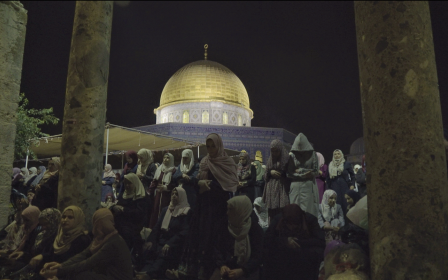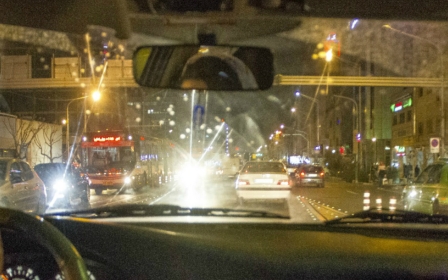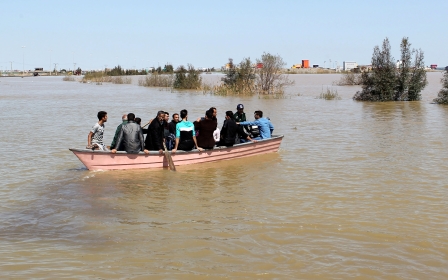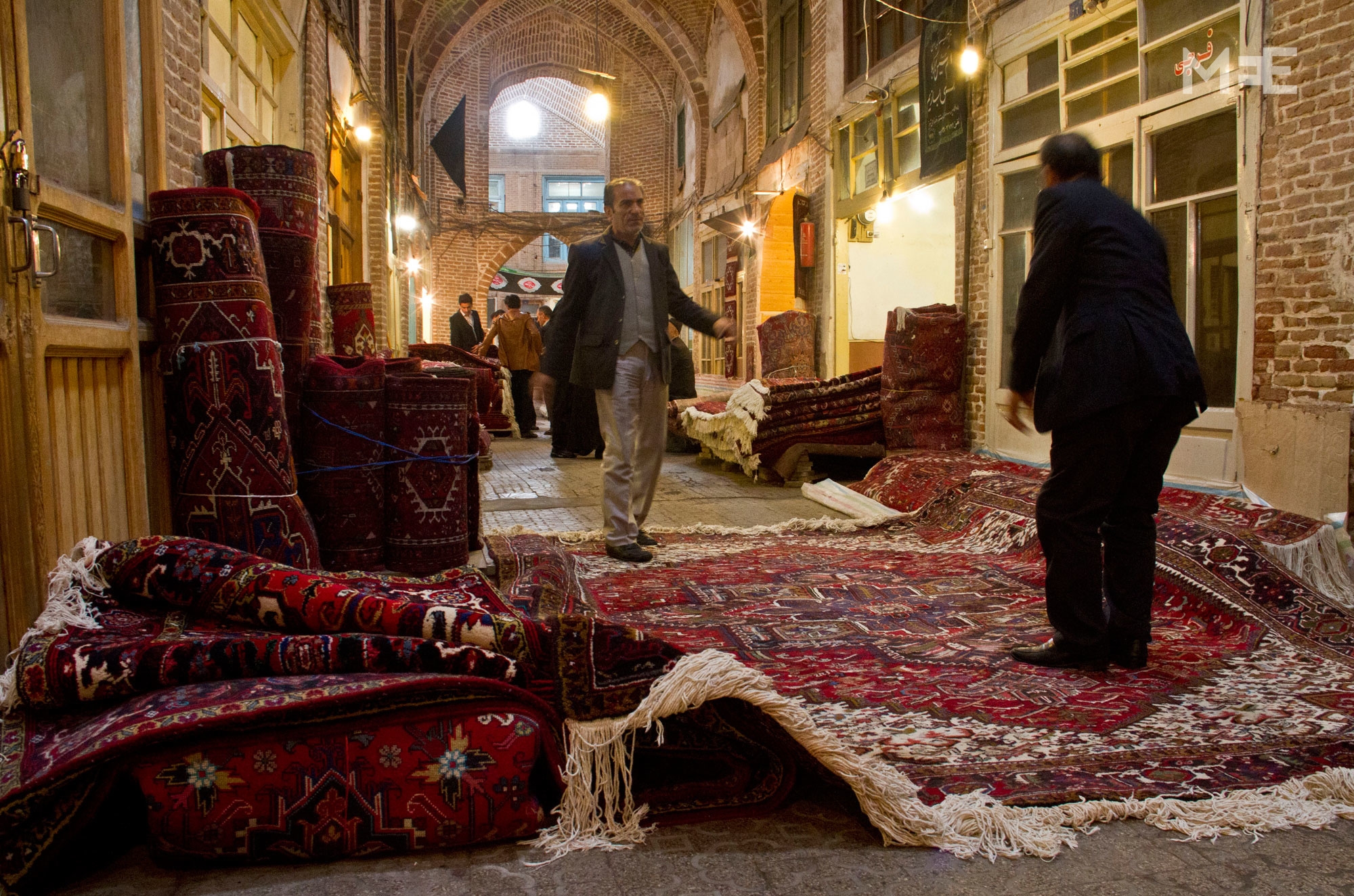
In pictures: The survival of the Persian bazaar in modern Iran
In Isfahan, Tehran and elsewhere, centuries-old bazaars still flourish
Published date: Lundi 8 février 2016 - 12:48
|
Last update: 5 années 5 mois ago
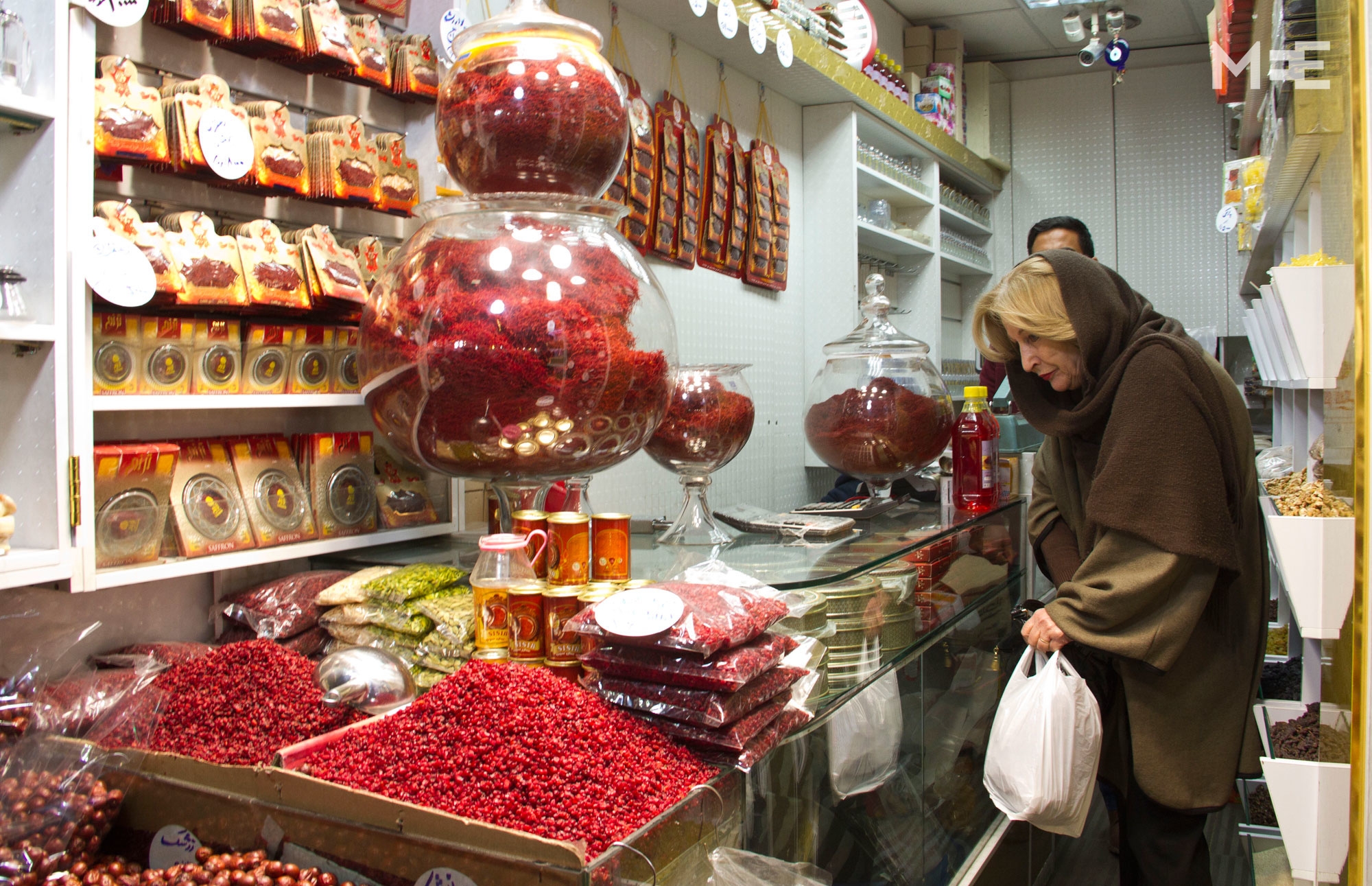
A customer in a saffron shop in the Tajrish bazaar (MEE/Changiz M. Varzi)
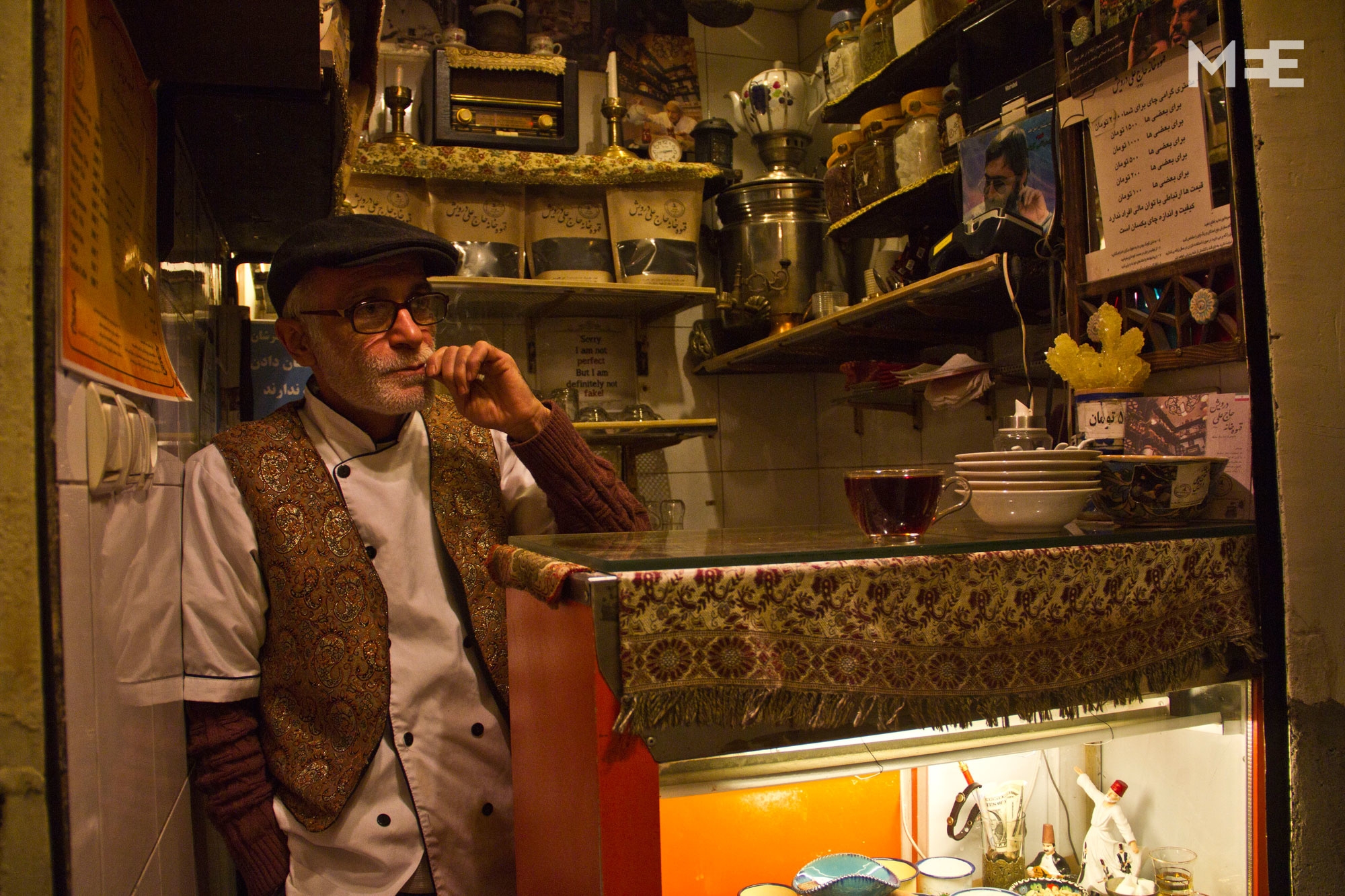
Haj Kazem’s two-meter tea-house in Tehran's Grand Bazaar (MEE/Changiz M Varzi)
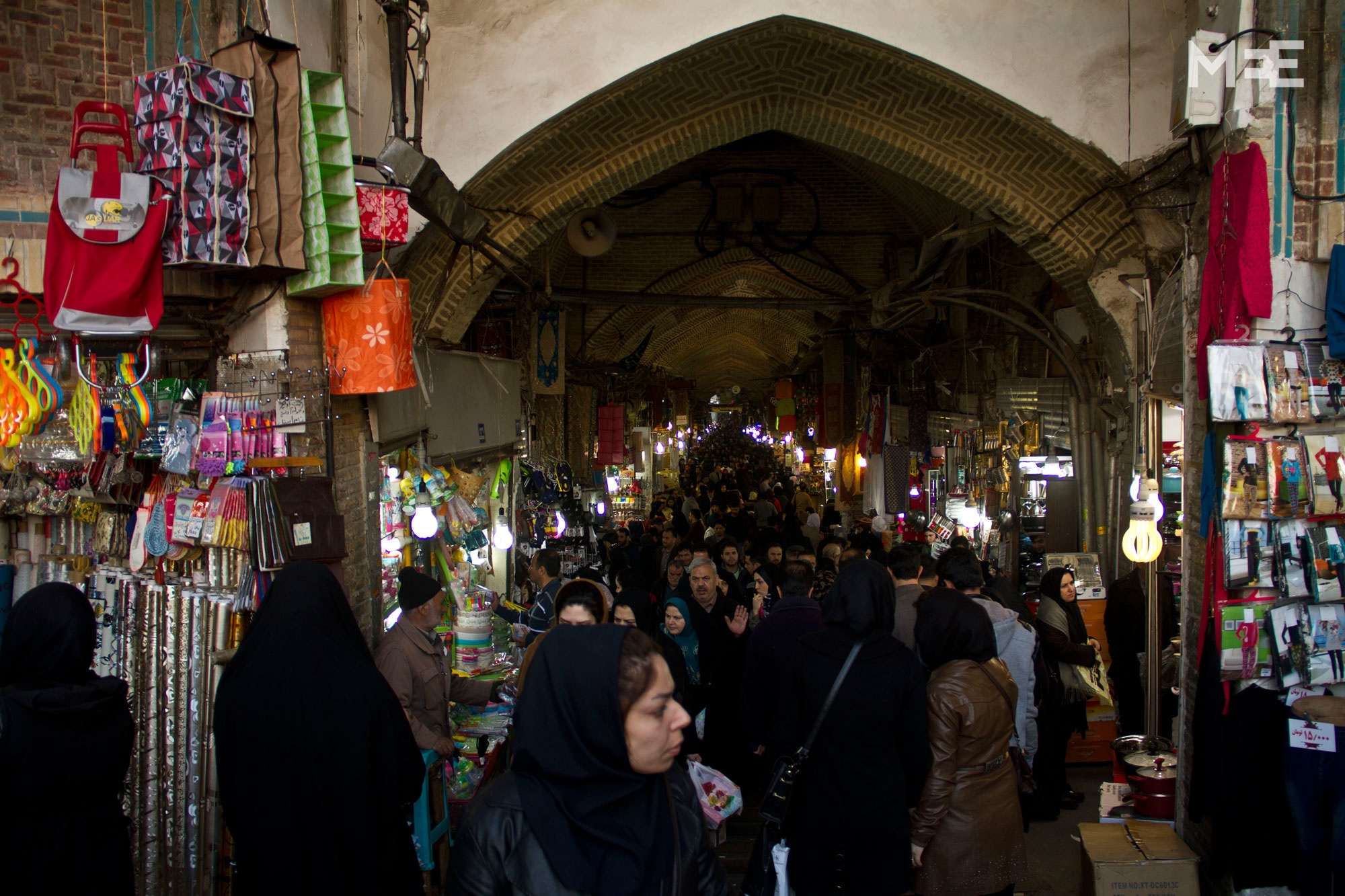
The main entrance of the Tehran Grand Bazaar (MEE/Changiz M Varzi)
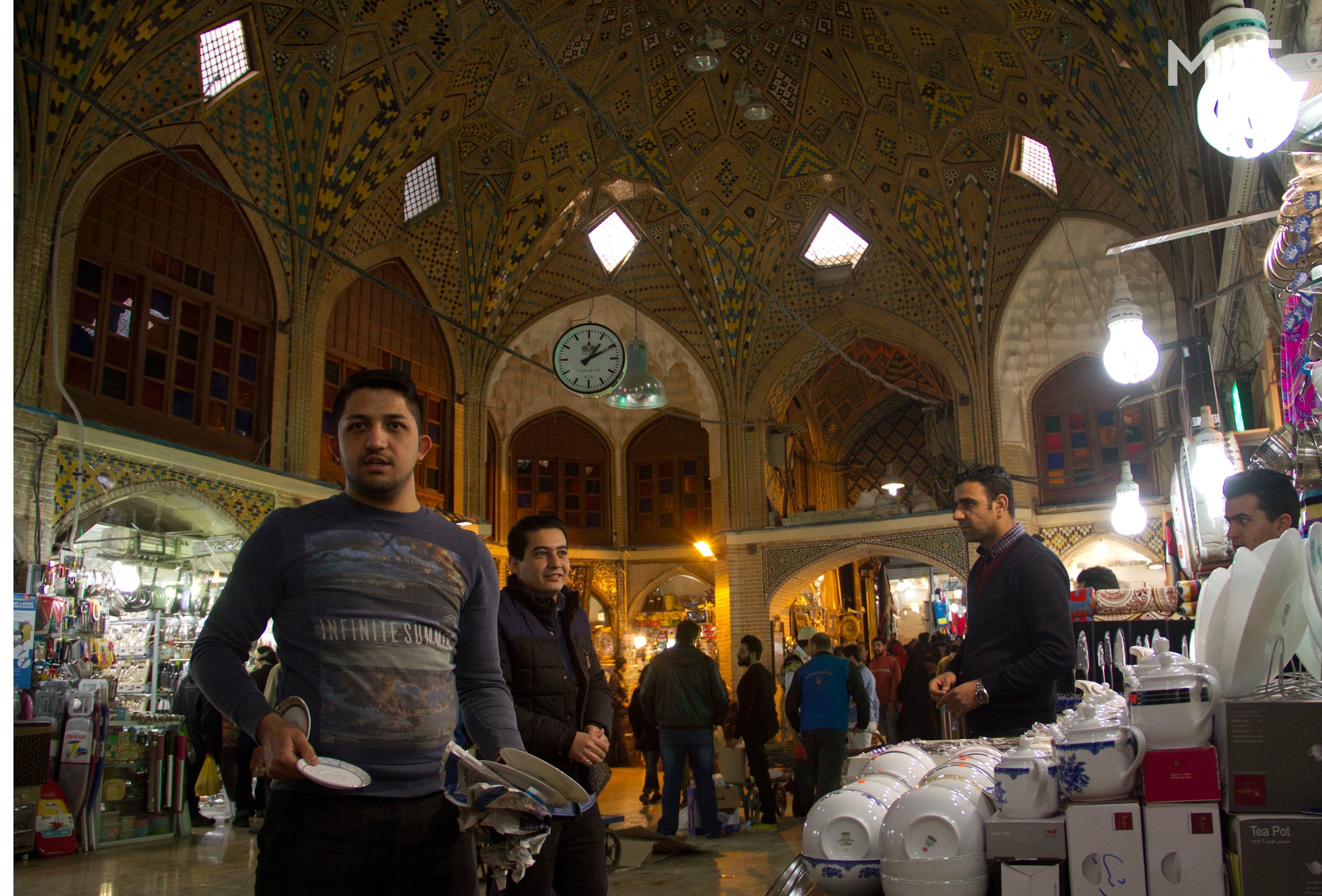
The Hajebol Doleh Archway in Tehran's Grand Bazaar (MEE/Changiz M Varzi)
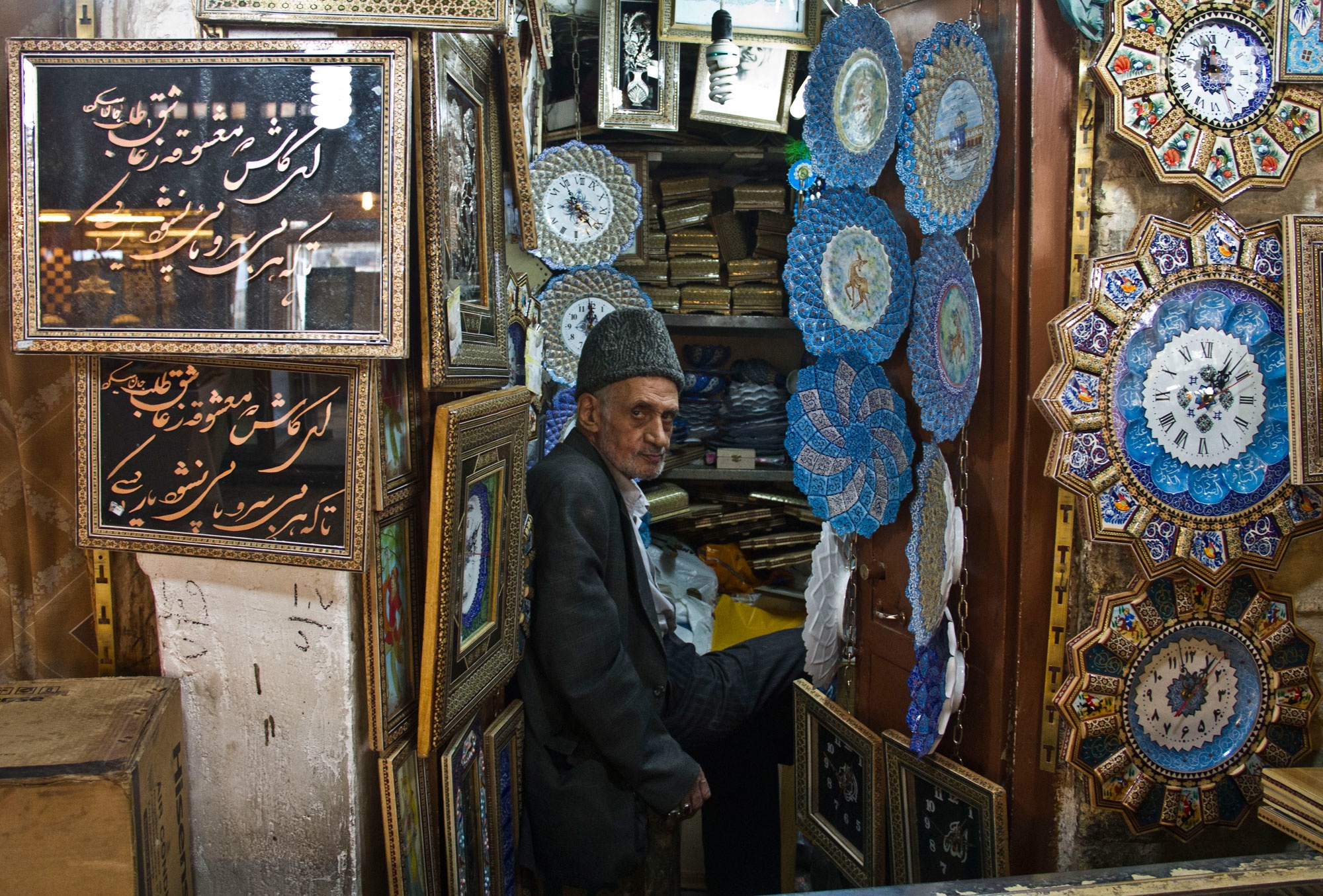
Haj Ali Mashoufi, selling enamelware and wooden mosaic works in Bazaar-e Gheisarrieh, Isfahan’s Grand Bazaar (MEE/Changiz M. Varzi)

The fruit market in Zanjan Bazaar (MEE/Changiz M Varzi)
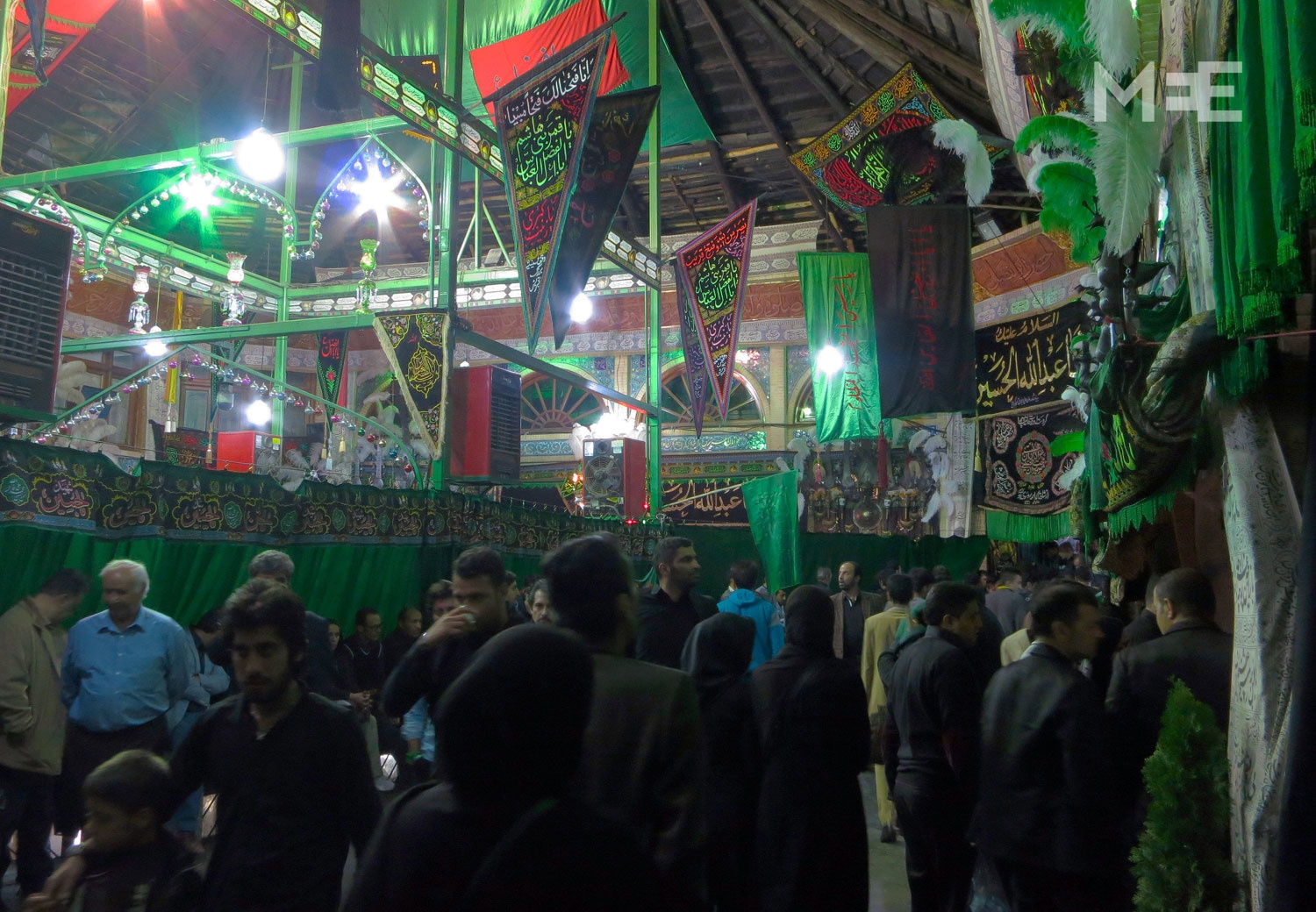
A view of he Tajrish fruit shops during the mourning ceremonies of Muharram (MEE/Changiz M Varzi)

A portable showcase belonging to a vendor in the Isfahan bazaar. This one is used to sell antique stamps and matchboxes with the photos of Hitler, Mohammad Mosaddegh, the two kings of the Pahlavi dynasty, Ayatollah Khomeini and the American comedians Laurel and Hardy (MEE/Changiz M Varzi)

Carpet traders checking the quality of a carpet and bargaining over the price in Saray Mirza Shafie, Tabriz Bazaar (MEE/Changiz M Varzi)
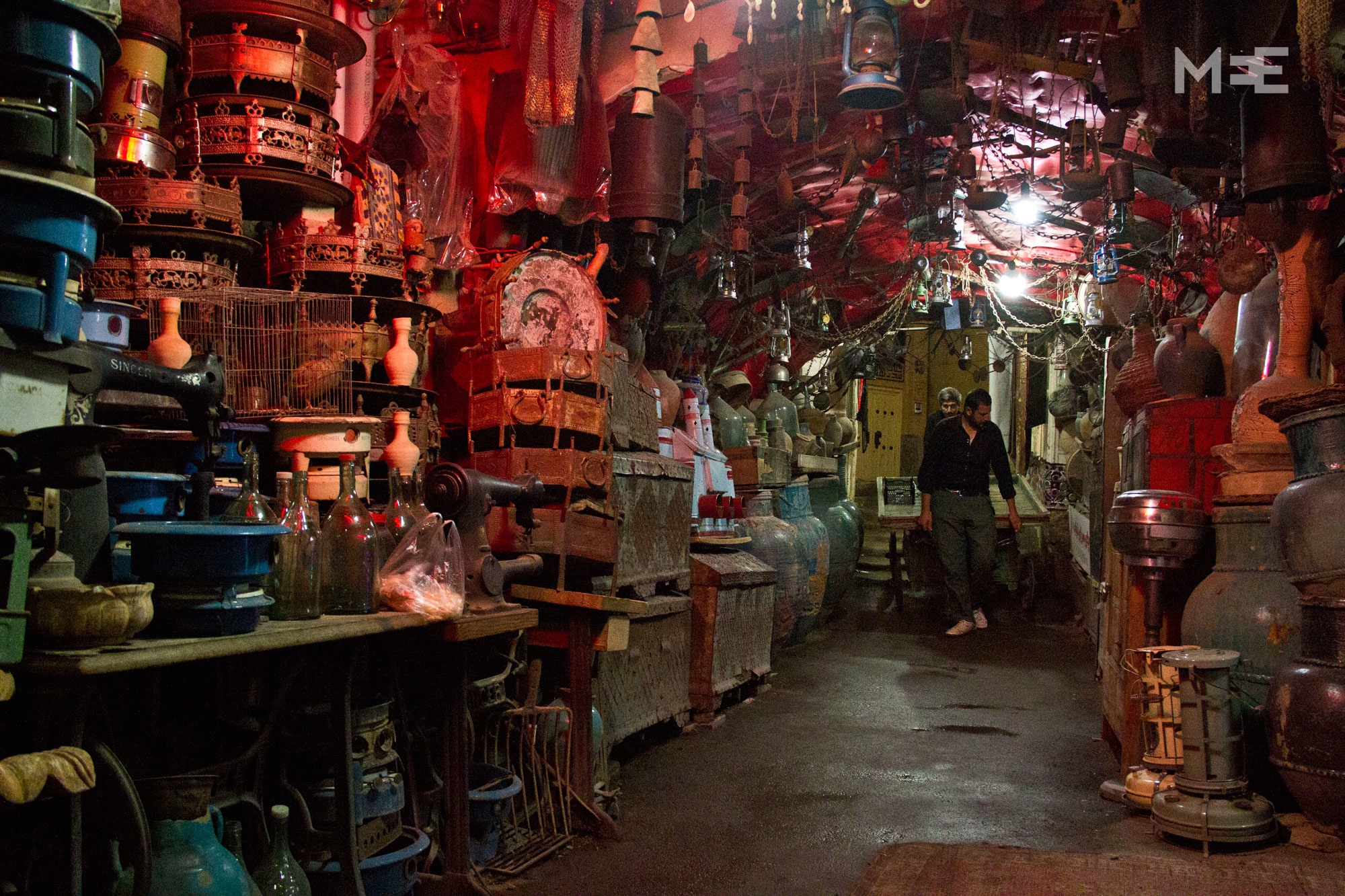
At night a fruit vendor brings back his cart to the courtyard of Chaysaray Khajeh, Isfahan’s Grand bazaar (MEE/Changiz M Varzi)

Craftwork shops in Gheisarrieh at the heart of the Isfahan Bazaar (MEE/Changiz M Varzi)
Middle East Eye propose une couverture et une analyse indépendantes et incomparables du Moyen-Orient, de l’Afrique du Nord et d’autres régions du monde. Pour en savoir plus sur la reprise de ce contenu et les frais qui s’appliquent, veuillez remplir ce formulaire [en anglais]. Pour en savoir plus sur MEE, cliquez ici [en anglais].


